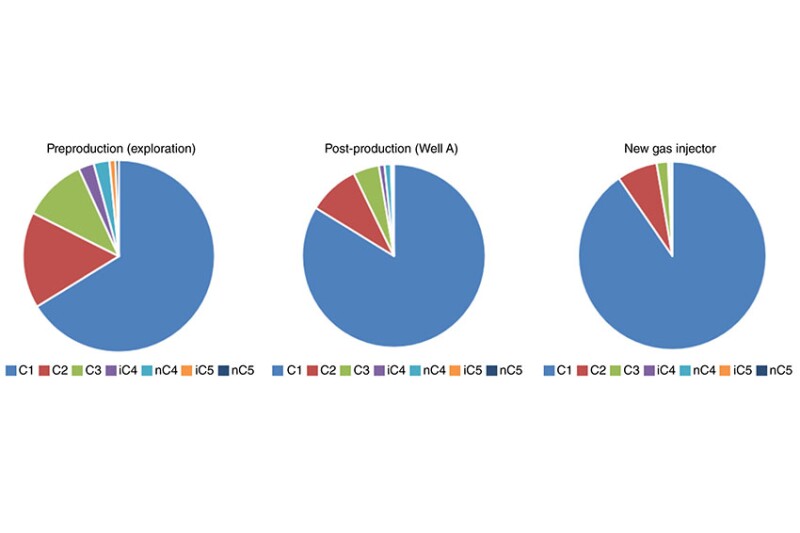The complete paper highlights well-abandonment case studies offshore Malaysia involving gas migration and the application of emerging technology to diagnose the root cause and source of the unwanted gas. A novel technology combining fiber-optic, acoustic, and ultrasonic measurement principles was deployed to evaluate cement-bond quality and zonal isolation simultaneously in both single- and dual-casing layers.
Introduction
Data analysis and interpretation during well abandonment play a key role in the assessment of well integrity and zonal isolation, particularly if the candidate well has been charged historically with gas migration and sustained annulus-pressure issues. The choice of logging-tool components, the principles of measurement, data-quality control, the processing and validation runs required, and specific data deliverables are critical, especially if the necessity of remedial cementing jobs needs to be evaluated in real time.
The presence of shallow gas accumulation near the well path also is a challenge and becomes a risk when no barrier or cement isolation exists across the well interval near such a shallow gas pool. Because the well has been put into production, stream-pressure depletion will occur and the presence of laterally continuous shallow gas, still at the virgin reservoir pressure, will induce gas migration toward the well based on the concept of pressure sink.


